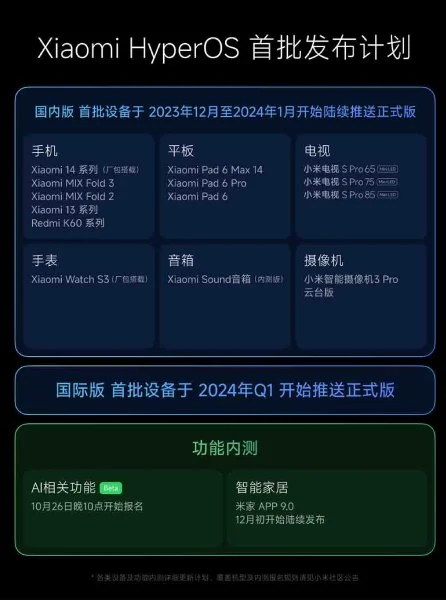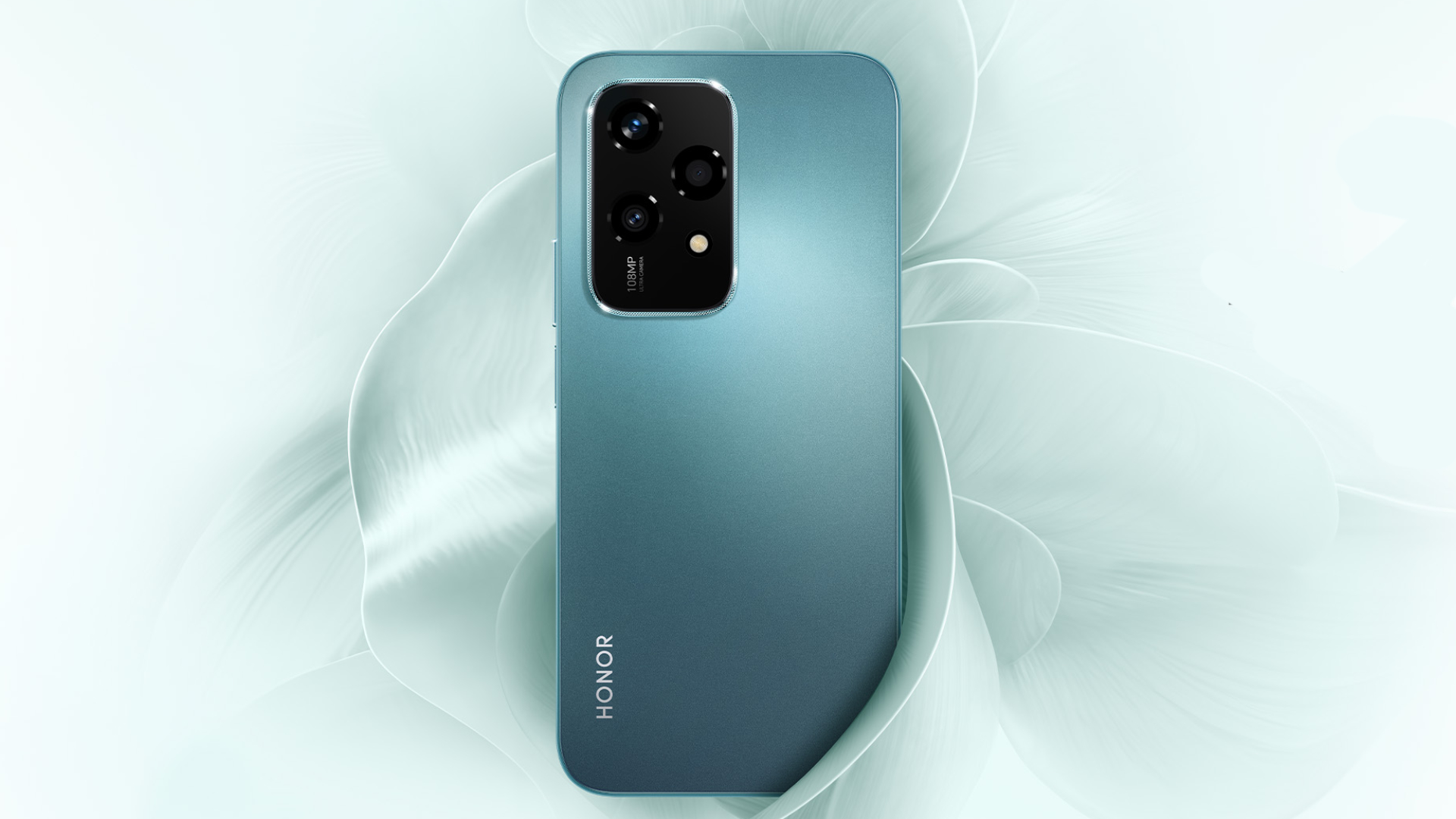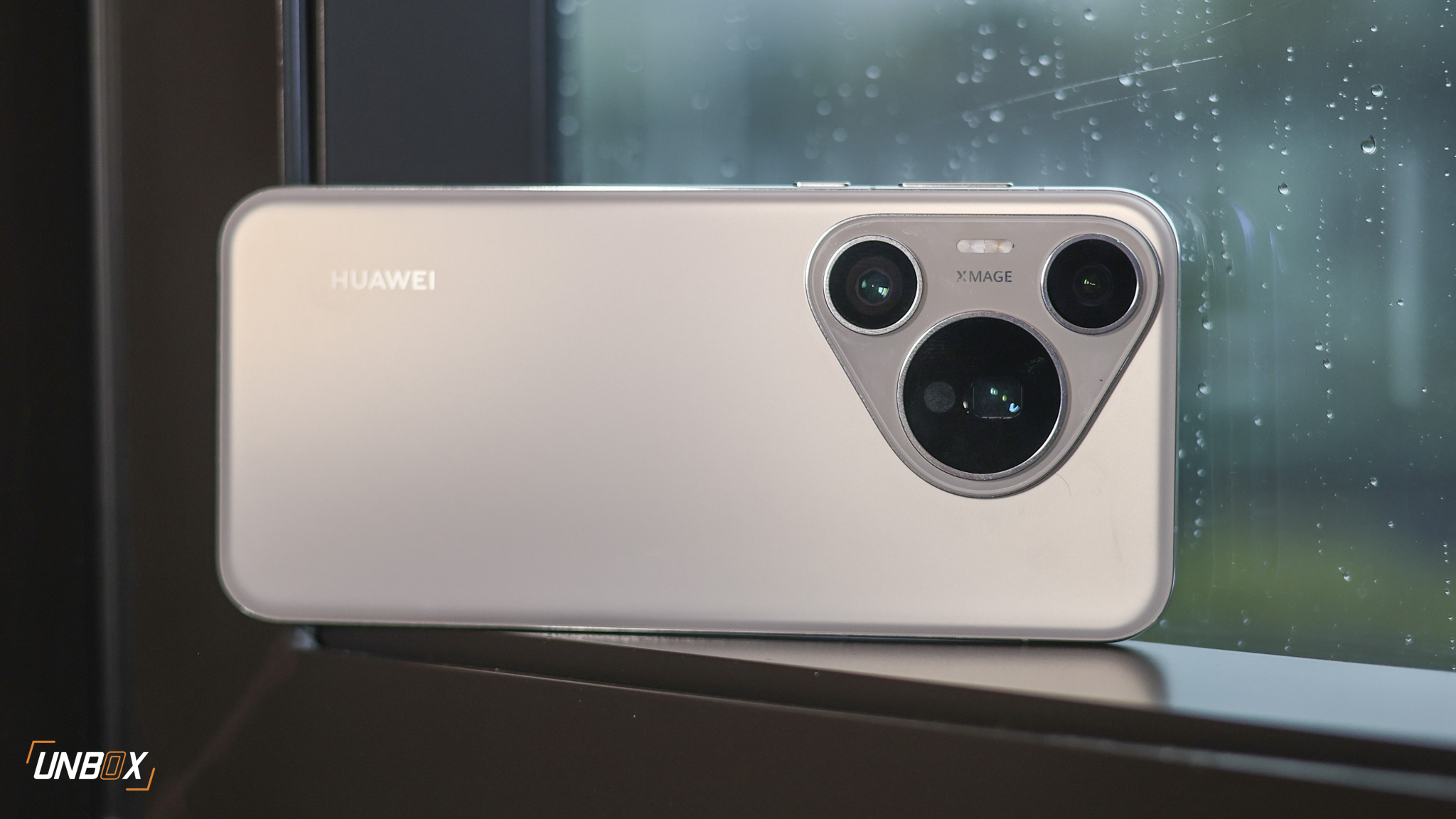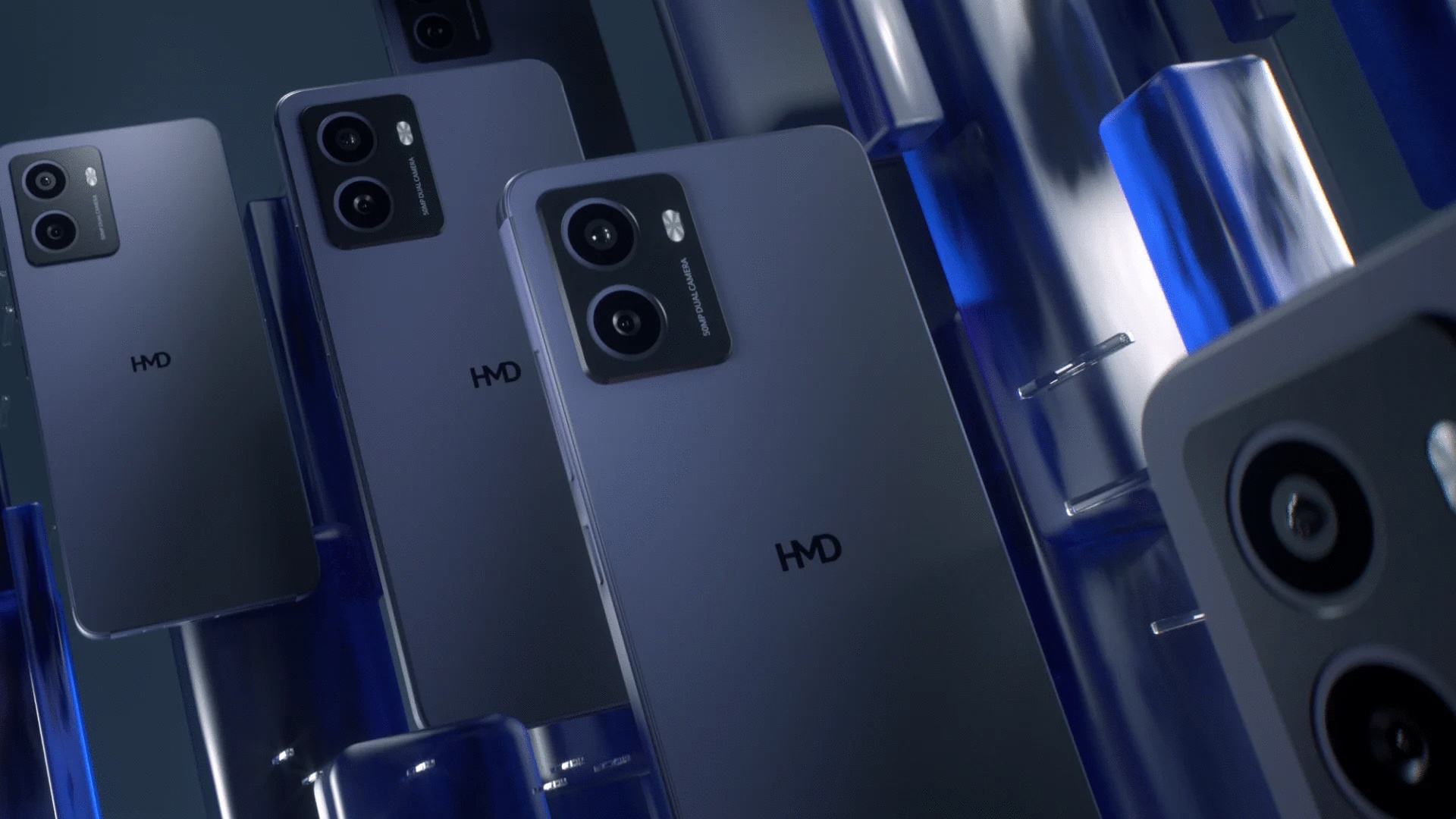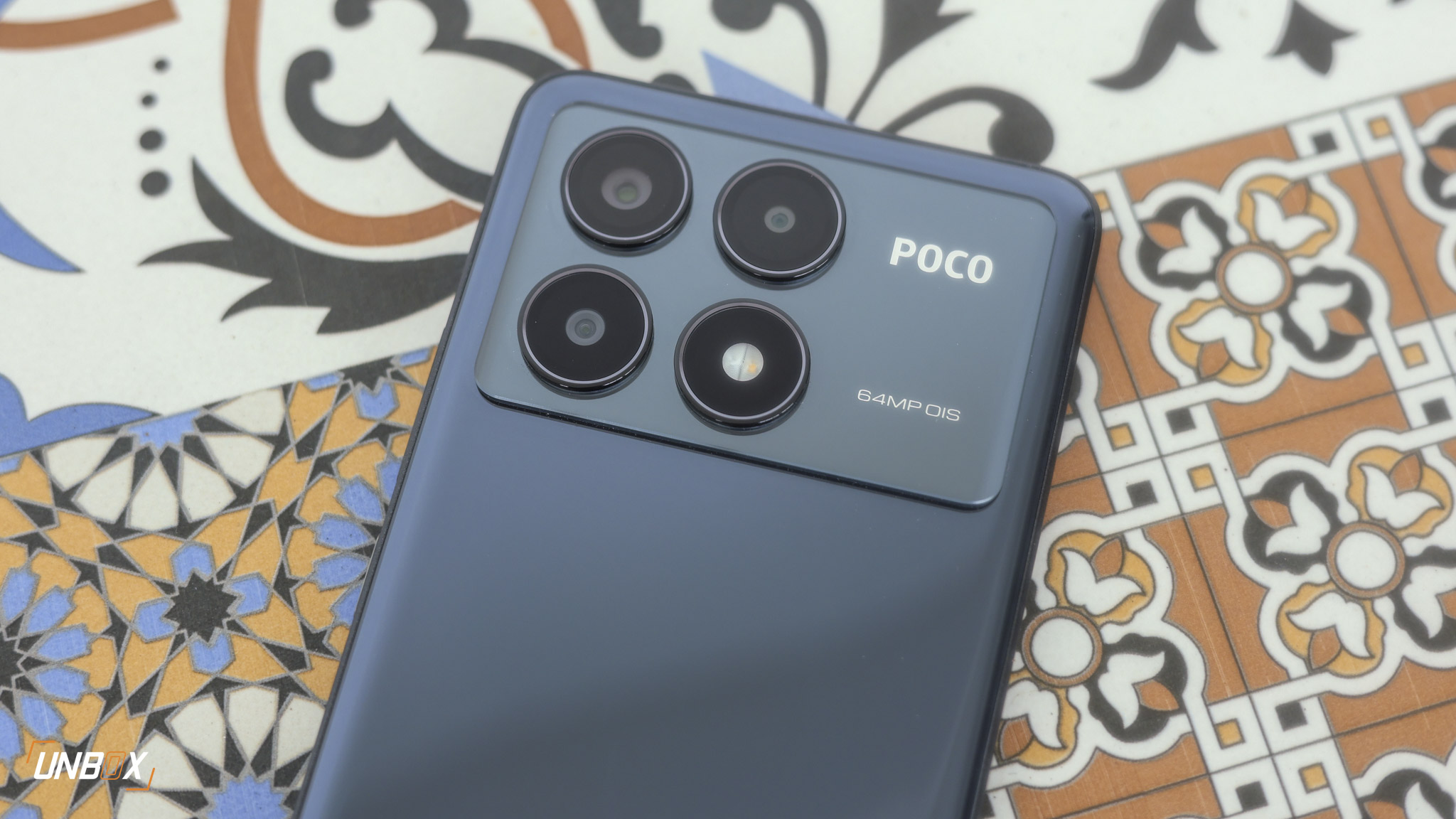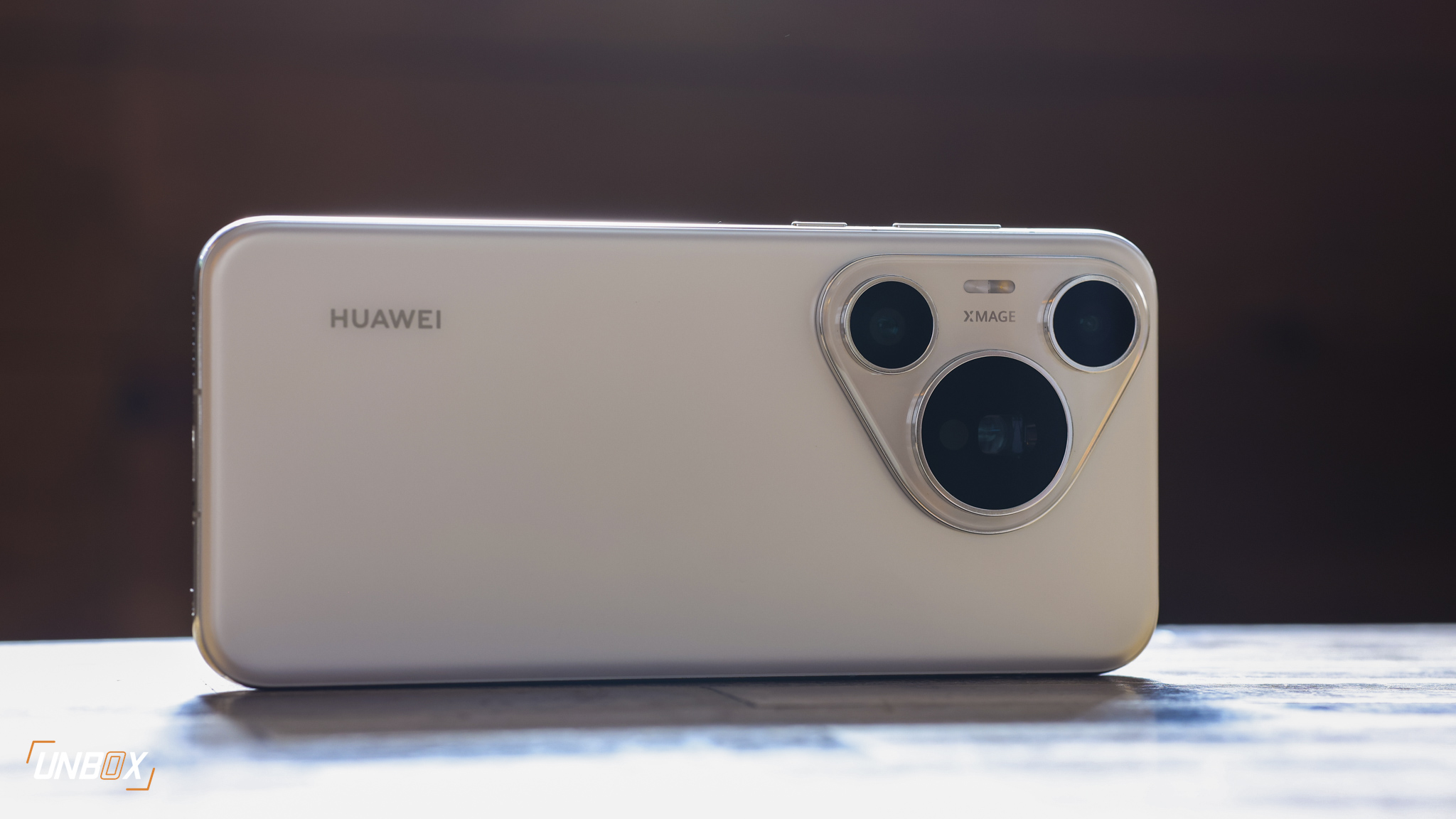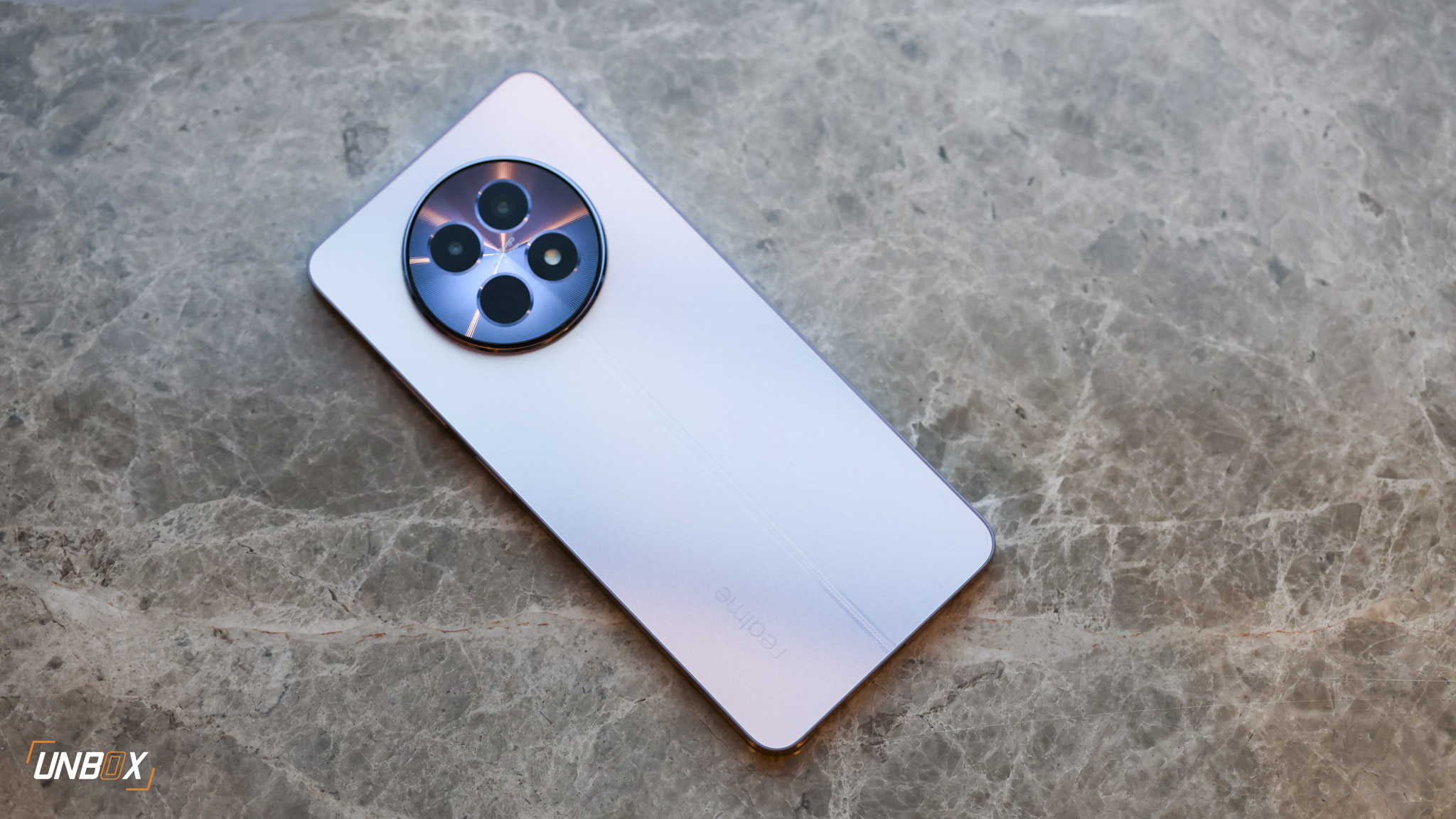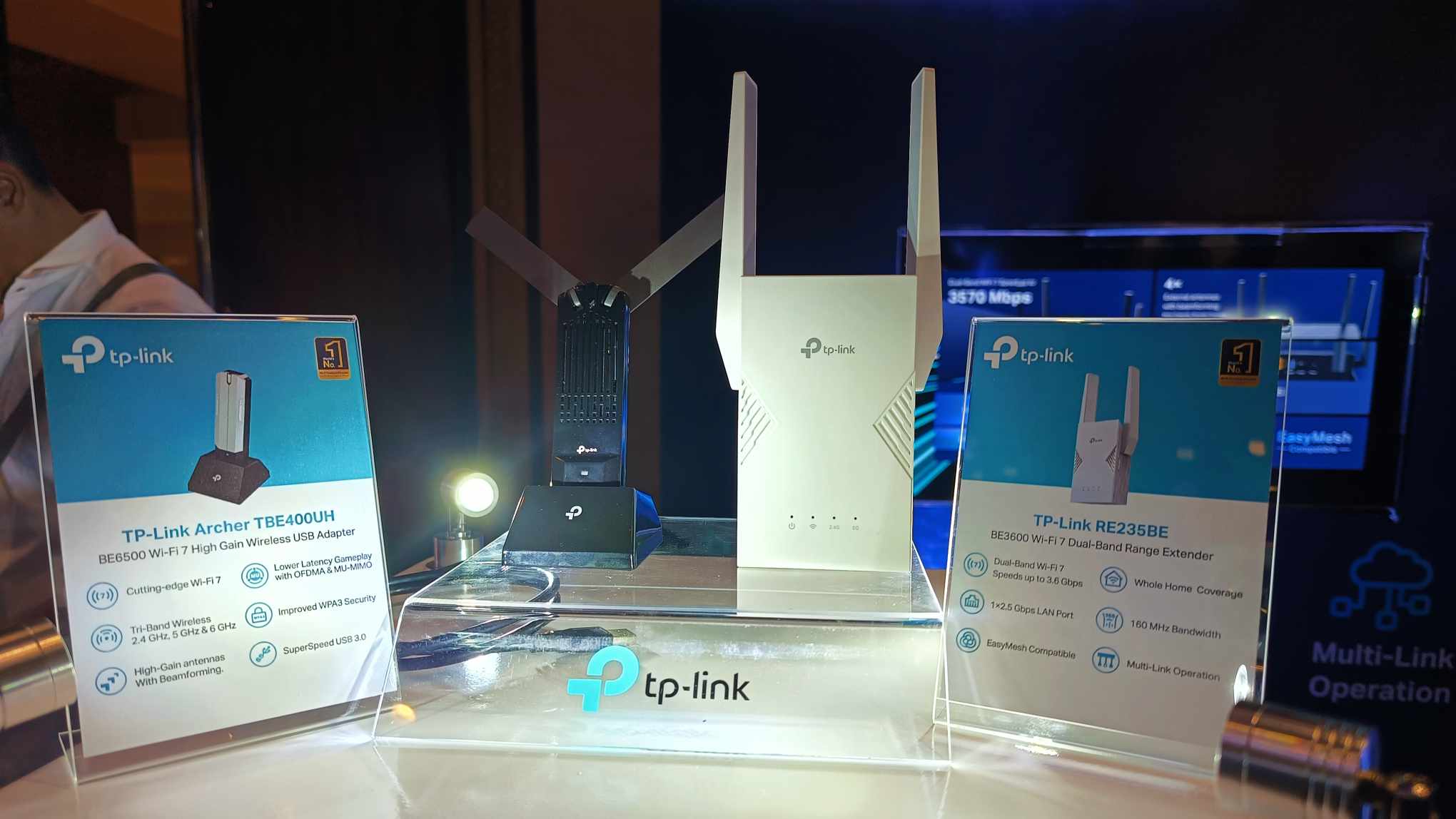Xiaomi debuted HyperOS during the unveiling of the Xiaomi 14 series last October 26. HyperOS is set to replace MIUI, and Xiaomi has big plans for it. This involves integrating all Xiaomi products—including its future electric cars—under one ecosystem.
Aside from the Xiaomi 14 series, other products that will have HyperOS include the Watch S3 and TV S Pro 85″ MiniLED. While we wait for its global rollout next year, let’s take a deep dive into understanding HyperOS:
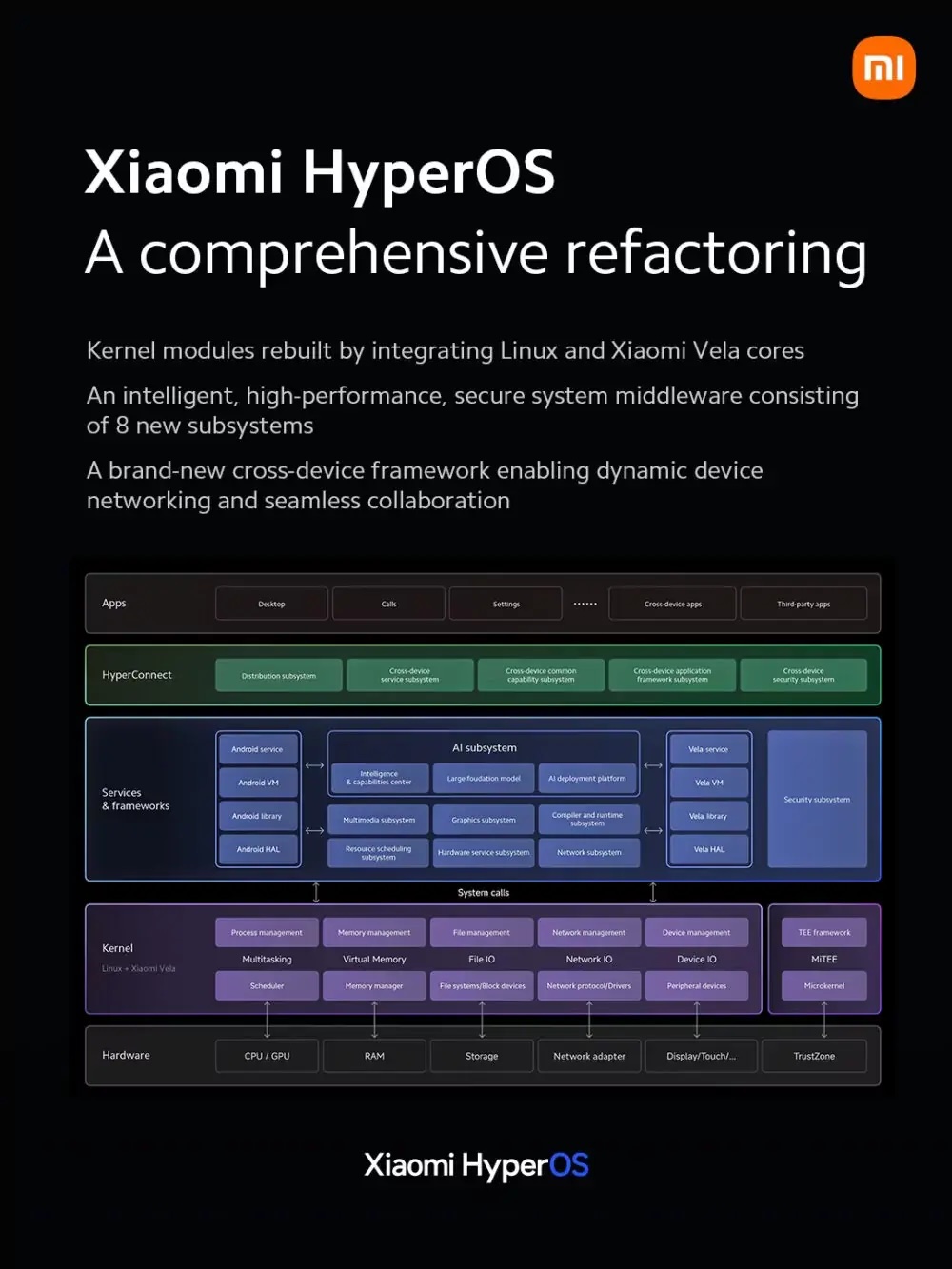
What is HyperOS?
Xiaomi’s press release describes HyperOS as “a Human-centric Operating System” that’s meant to connect personal devices, cars, and smart home devices all under one unified ecosystem. Despite only unveiling it recently, Xiaomi has been working on HyperOS since 2017 as their solution in dealing with the complexities associated with different operating systems and making them compatible with one another under one ecosystem.
To make this possible, HyperOS utilizes two open-source platforms: AOSP (Android Open Source Project) for phones and tablets, and Xiaomi’s Vela platform for other smart devices. Vela is based on NuttX, which is a free and open-source Real-Time Operating System (RTOS) that’s characterized by having a small footprint suitable for most aIoT products. The core architecture of Vela is essential for HyperOS, as it allows Xiaomi to scale the platform depending on the application.
The end goal of HyperOS is to give you a holistic ecosystem, where your phone can control your home’s smart devices and even interact with your smart car.
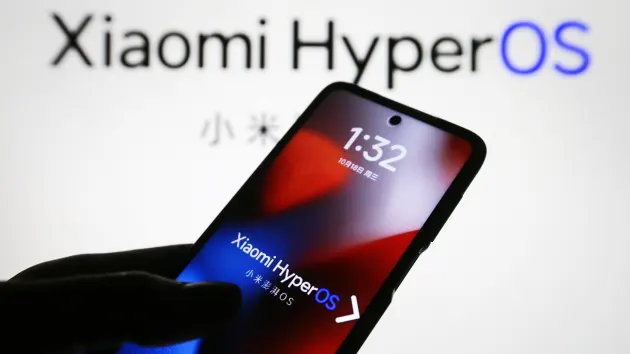
What makes HyperOS unique?
Utilizing Xiaomi’s Vela platform, one of the main features of HyperOS is HyperConnect, which is described as real-time networking across a myriad of connected devices. Xiaomi explains that HyperConnect should be able to do things like switching camera sources during videoconferencing, using your phone’s camera remotely from your tablet or laptop, or connecting your tablet to the internet using your phone.
HyperConnect sounds very promising on paper, but Xiaomi did not detail the hardware side of things–aka how will these devices interact with one another wirelessly and remotely.
Like most ecosystems in the market, HyperOS claims to make good use of AI to help devices attend to the needs of its users. HyperMind is one of the features that utilizes AI, where it simplifies cross-device connectivity–which should be very useful in setting different scenarios for your home or your connected car. Other AI-based applications for HyperOS include real-time transcription of video conferences, text-based image generation, document comprehension through screenshots.

Is HyperOS similar to MIUI?
Early previews of HyperOS 1.0 reveal a lot of similarities with MIUI, and that’s because the smartphone version is based on AOSP. This means that Android apps will still work with HyperOS, similar to Huawei’s approach with HarmonyOS.
Based on the screenshots that have surfaced, HyperOS appears to have more lock screen customization options and more widgets to choose from. Some icons received a few design tweaks, but otherwise, it’s hard to differentiate HyperOS from MIUI. Do note that these screenshots are based on an early build, so there might be more changes with HyperOS once we get our hands on the official build.
While we have to see the main features of HyperOS as of writing this piece, Xiaomi’s other big claim is its overall size: compared to similar UI firmware for phones, HyperOS will only occupy less than 9GB of storage. On paper, this means that HyperOS lightweight nature should be able to run on phones with modest hardware–something similar to Android Go’s approach.
What Xiaomi devices will be compatible with HyperOS?
Aside from the Xiaomi 14 series, Watch S3, and TV S Pro MiniLED series, the initial rollout for HyperOS will include the MIX Fold 2 and 3, Xiaomi 13 series, Pad 6 series, and Redmi K60 series, along with the Smart Camera 3 Pro and Sound Speaker. There are no details yet for the global rollout, but the POCO F5 and F5 Pro are being tested for a global version of HyperOS.


